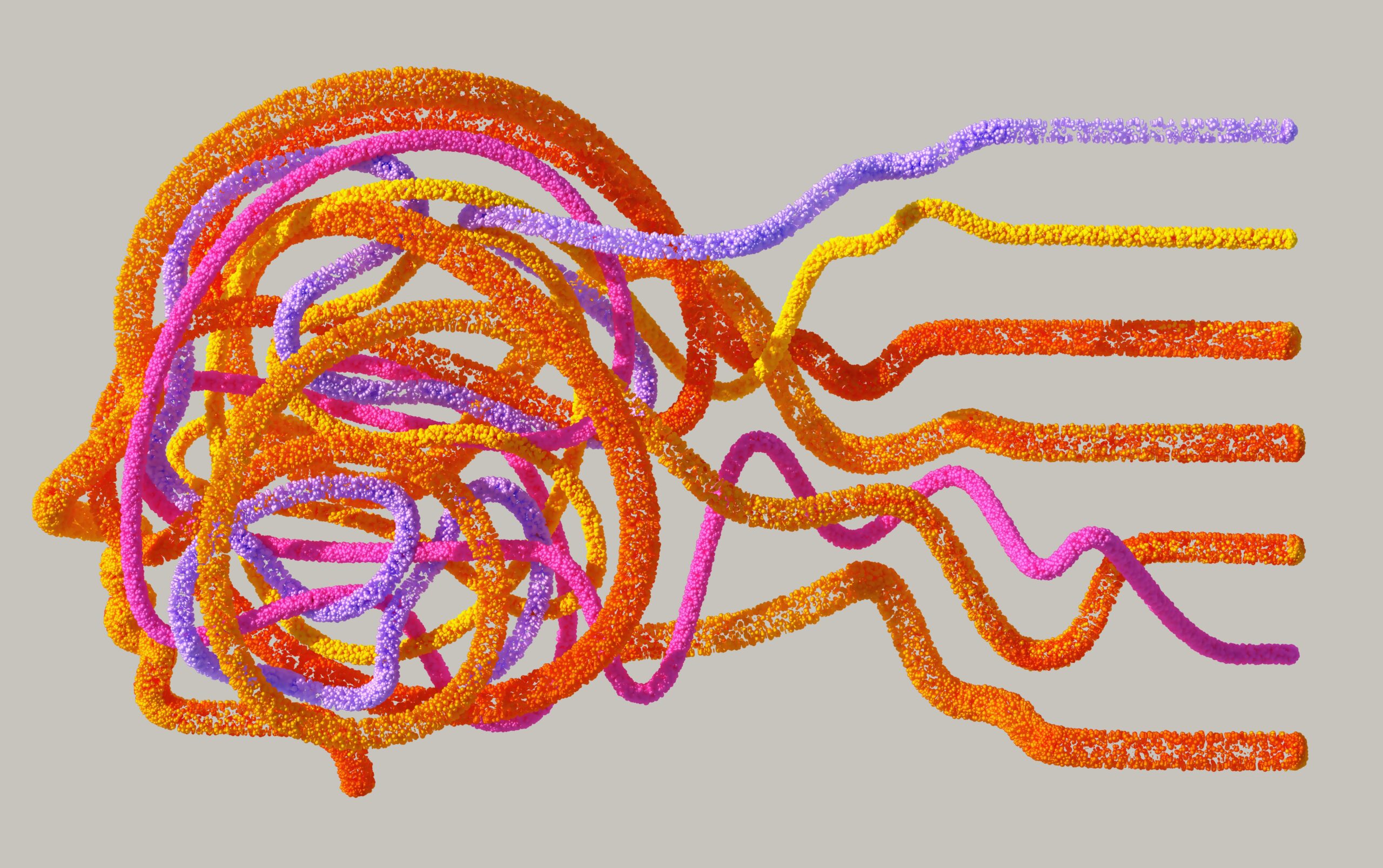
Dynamic data visualization through infographics has emerged as a cornerstone in modern Windows app interfaces, revolutionizing the way users interact with information.
Research indicates that visual content is processed 60,000 times faster than text by the human brain (3M Corporation).
Infographics offer a visually compelling and easily digestible format, enabling users to glean insights and make informed decisions with unparalleled efficiency. In today’s data-driven world, integrating infographics into Windows app interfaces has become essential for delivering engaging and impactful user experiences.
Dynamic Data Visualization in Windows App Interfaces:
Windows app developers are leveraging dynamic data visualization techniques to transform complex datasets into intuitive and interactive infographics. Real-time data updates allow apps to present the latest information to users, ensuring data accuracy and relevance. Interactive elements such as charts, graphs, and maps enable users to explore data from multiple perspectives, facilitating deeper understanding and analysis. Customizable dashboards empower users to personalize their data visualization experiences by selecting preferred metrics, adjusting visualization styles, and setting up alerts for key insights. Moreover, cross-platform compatibility ensures seamless accessibility across different devices, enabling users to access and interact with infographics anytime, anywhere.
The Impact of Infographics on User Engagement:
The integration of infographics in Windows app interfaces has a profound impact on user engagement and satisfaction. By transforming raw data into visually appealing and context-rich graphics, apps can captivate users’ attention and foster deeper engagement. Infographics facilitate faster information processing, enabling users to grasp complex concepts and trends at a glance. Additionally, interactive features encourage active exploration and experimentation, empowering users to interact with data dynamically and derive actionable insights. As a result, apps equipped with dynamic data visualization capabilities enjoy higher user retention rates, increased user satisfaction, and greater brand loyalty.
Best Practices for Implementing Infographics:
To harness the full potential of infographics in Windows app interfaces, developers must adhere to best practices and design principles. Firstly, it’s essential to prioritize data accuracy and integrity, ensuring that infographics reflect the most up-to-date information and are free from errors or biases. Secondly, responsive design is critical for ensuring optimal viewing experiences across various screen sizes and resolutions, enhancing accessibility and usability for all users. Furthermore, user-centric design principles should guide the selection and presentation of data, focusing on delivering relevant and actionable insights that align with users’ goals and preferences.
Future Trends in Dynamic Data Visualization:
Looking ahead, dynamic data visualization is poised to evolve further, driven by advancements in technology and changing user expectations. Augmented reality (AR) and virtual reality (VR) technologies will enable immersive data visualization experiences, allowing users to interact with data in three-dimensional space. Artificial intelligence (AI) and machine learning algorithms will facilitate automatic data analysis and pattern recognition, empowering apps to generate personalized infographics tailored to individual user preferences and interests. Moreover, blockchain technology will enhance data security and transparency, ensuring the integrity and authenticity of information presented in infographics.
Conclusion:
In conclusion, dynamic data visualization through infographics has become indispensable in modern Windows app interfaces, enabling users to explore and understand data in new and meaningful ways. As a leading software development company, Coding Brains is committed to leveraging innovative technologies and design approaches to deliver cutting-edge Windows app solutions that prioritize user engagement and satisfaction. By integrating dynamic data visualization features, Coding Brains continues to redefine the boundaries of user experiences and set new standards in app development.


Leave a Reply